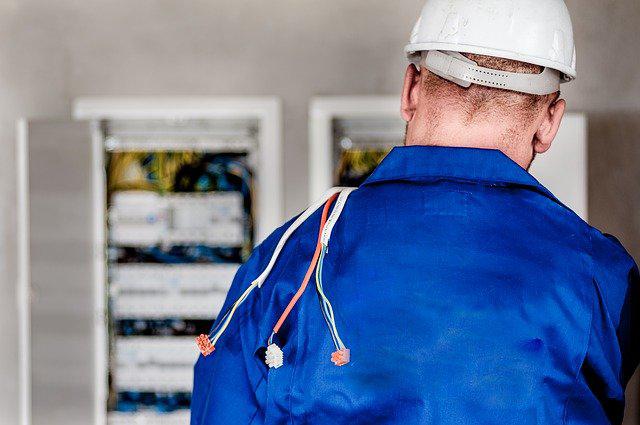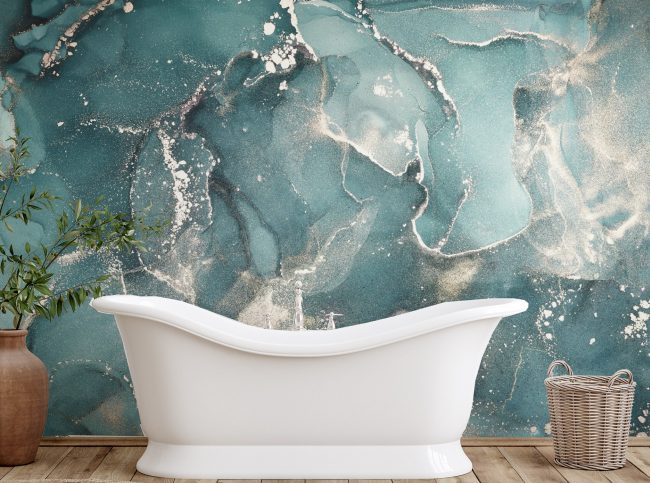
Better safe than sorry, right? which is why other than preparing yourself and family from the cold season, you should also get your furnace ready so that it will be able to heat you up when the cold season comes. Before this season arrives, it is important to ensure that your furnace is working well, safe, and is as energy-efficient as you can make it.
A lot can happen during the warmer months that might affect your furnace that is why it is important that you should check your furnace and make sure that it is still in good condition. Here are the tips that you can do to get your furnace ready for the cold season.
Turn on the Thermostat
Switch up your thermostat from cooling to heating and set the temperature a couple of degrees higher than your current room temperature. Now, if you do not hear the heat kick on within a minute, you should pull off the cover and make sure that the wire connections are secured.
However, if the connections are snug, then make sure that the HVAC’s power source is turned. If it is still not working, then check out the furnace fan, heat pump or blower. If nothing works, then better call for professional help.
Change Air Filters
The air filters behind a vent grill in the ceiling or wall or the single filter in the HVAC system needs to be changed every few months. If you have the permanent electrostatic filter, then you can just wash it off and reuse it. By doing this, you are not only ready for the cold season but you are also prolonging your furnace’s life.
Cover Up the AC Condenser
Not unless your HVAC is a heat pump, you need to cover the condenser to protect it from falling icicles. You can use a large trash can lid which is secured with bungee cords to use as a protection for your condenser. Another thing you can do is to use a board to cover the fan, just don’t wrap it in a moisture-trapping plastic tarp.
Clean the Heat Exchanger
Cleaning the heat exchanger is a vital aspect of routine maintenance since it will result to fouling which will build up and will continuously cost money in lost asset life, runtime, and energy in the long run.
The heat exchanger is recommended to be brushed and vacuumed out annually by professionals, cracks should also be looked out since it could lead to a dangerous carbon monoxide leak into your home.
Clean and Lubricate the Blower Motor
If your motor is the kind that needs to be lubricated then do so. First, turn off the power, then open the cover and clean the caps which is covering the bearings. After that, remove the caps and lubricate the bearings.
Test the Igniter Switch
New systems have electronic ignitors, on the other hand, an old system might have the need to relight the pilot. Now if the ignitor isn’t working, just push the reset button and if it still does not do the trick then check out your breaker. If it is still not working after all of these, you should call in a professional.
Clear Any Blockages
Make way for your heating system and clear off any furniture or other items in front of your home’s heating registers since it will prevent heat from reaching your room or any living spaces, resulting to straining the system.
Replace the Furnace’s Water Panel
The furnace’s water panel is also known as a humidifier pad which is a furnace component that ensures the proper humidity of your home to keep it from getting too dry. For this action, what you need to do is to replace the water panel and set the relative humidity between 35 and 45 percent, then turn the water supply to the furnace back on.
If You Have an Oil-Powered Furnace
If you have an oil-powered furnace, then you should replace your filter and nozzle, then check its tank level to prepare your oil-powered furnace for the cold season. This is because unlike the gas-fired systems, the oil-powered units require oil filter changes, a thorough heat-exchanger brushing, and burner nozzle cleaning to keep the equipment running efficiently since oil does not burn cleanly.
Takeaway
You can be a responsible owner and do the check-ups by yourself as long as you know what you are doing and you have the right tools and equipment. However, do not solve everything on your own especially if your furnace has a problem beyond your control. Seek for professional help like from the Provincial Heating and Cooling services which would surely help you out in checking or maintaining your furnace.
